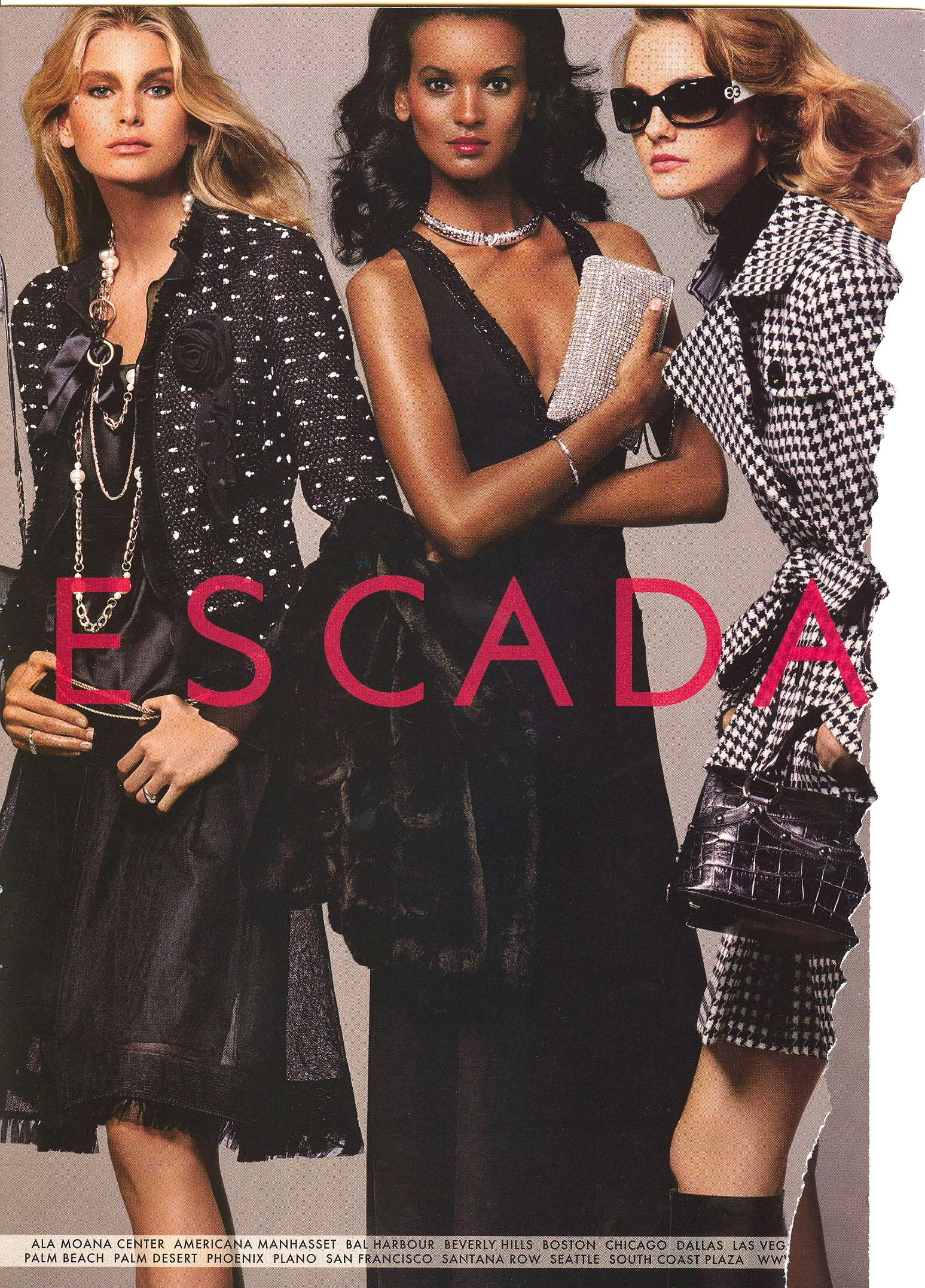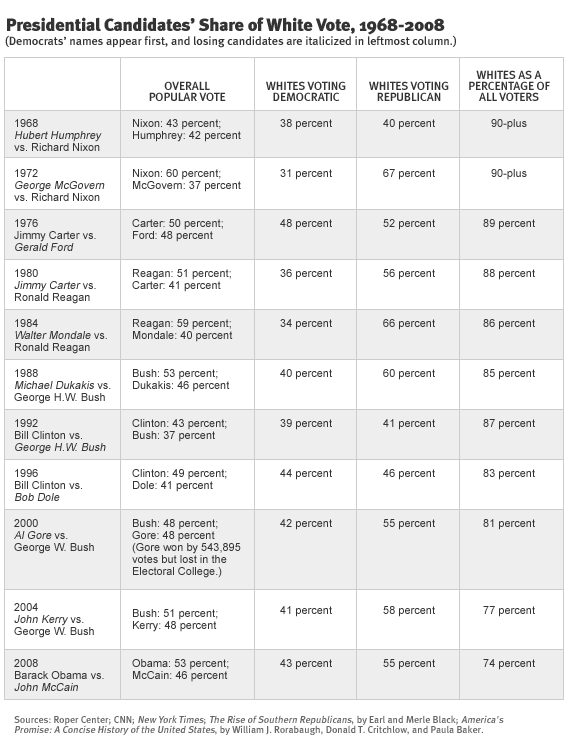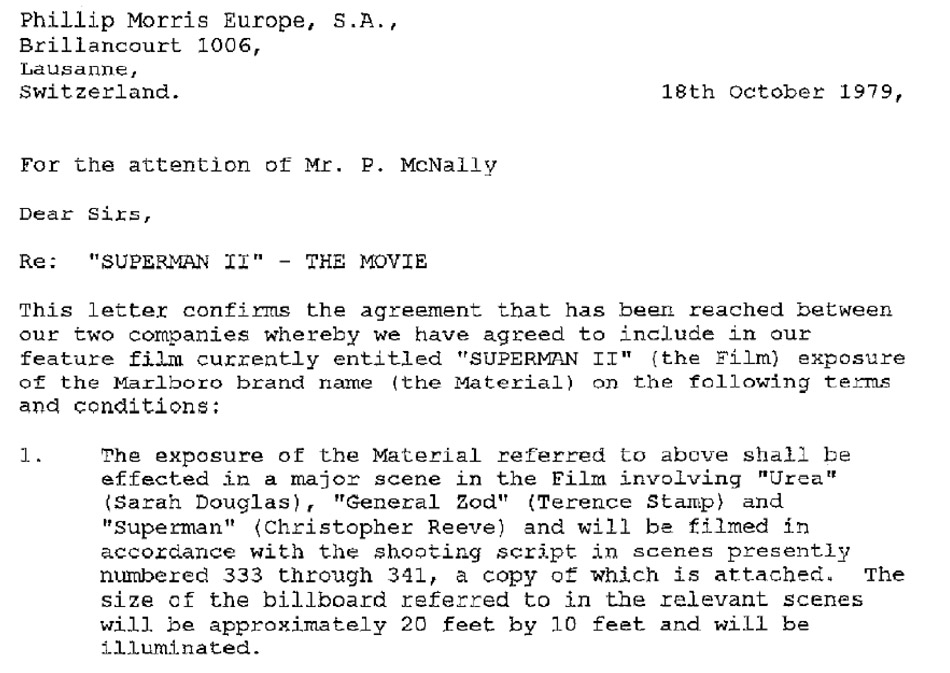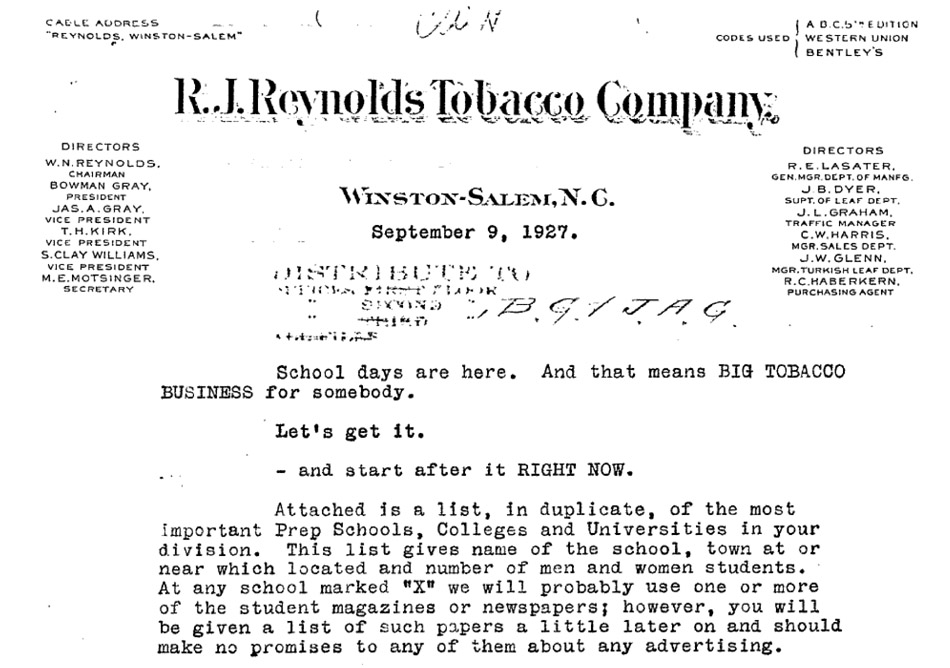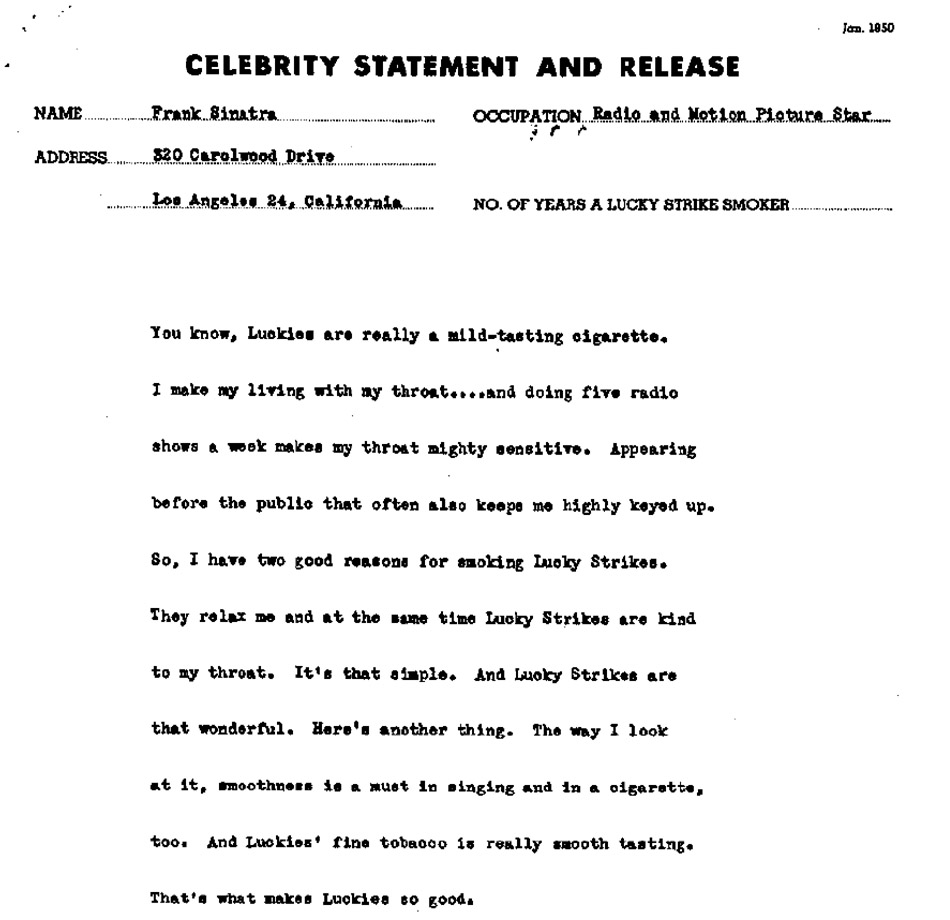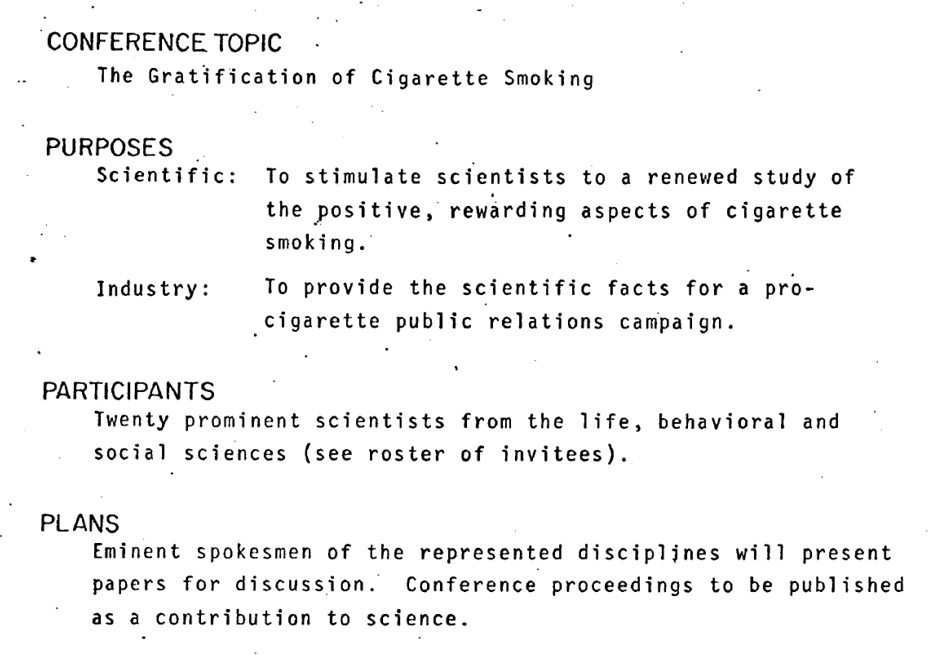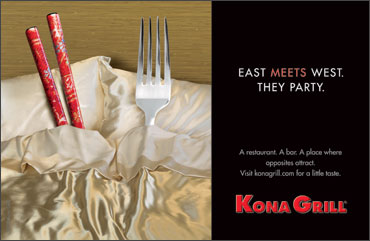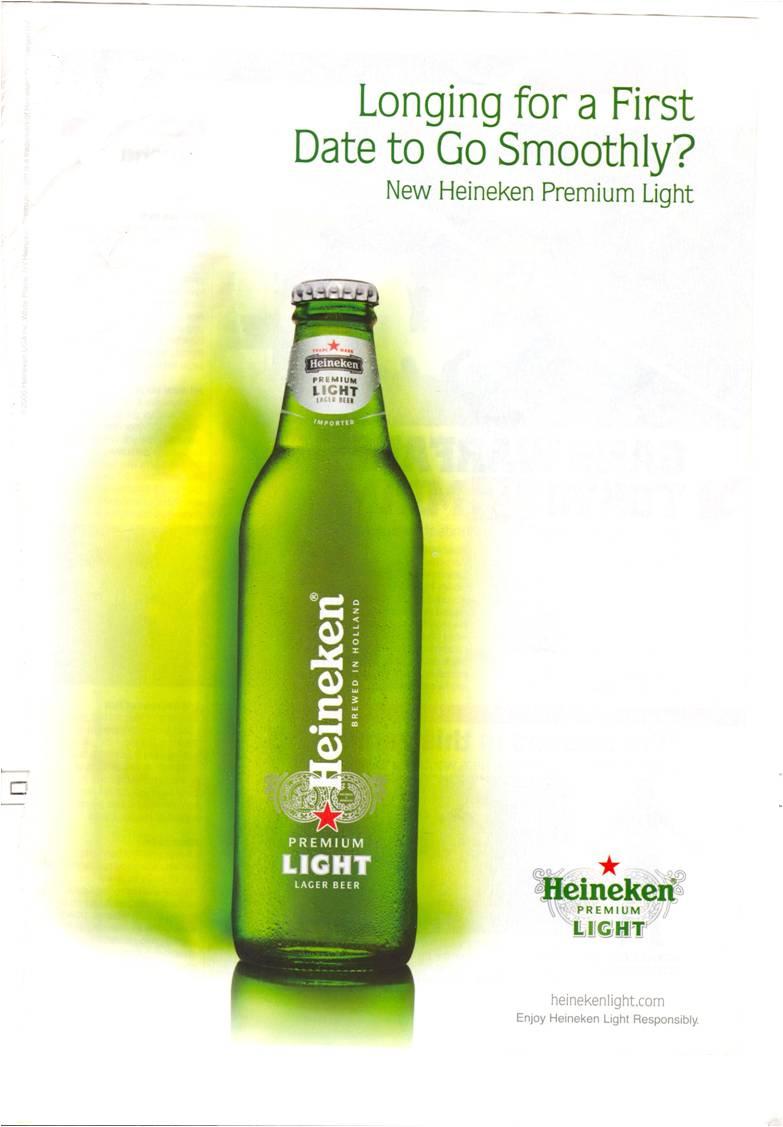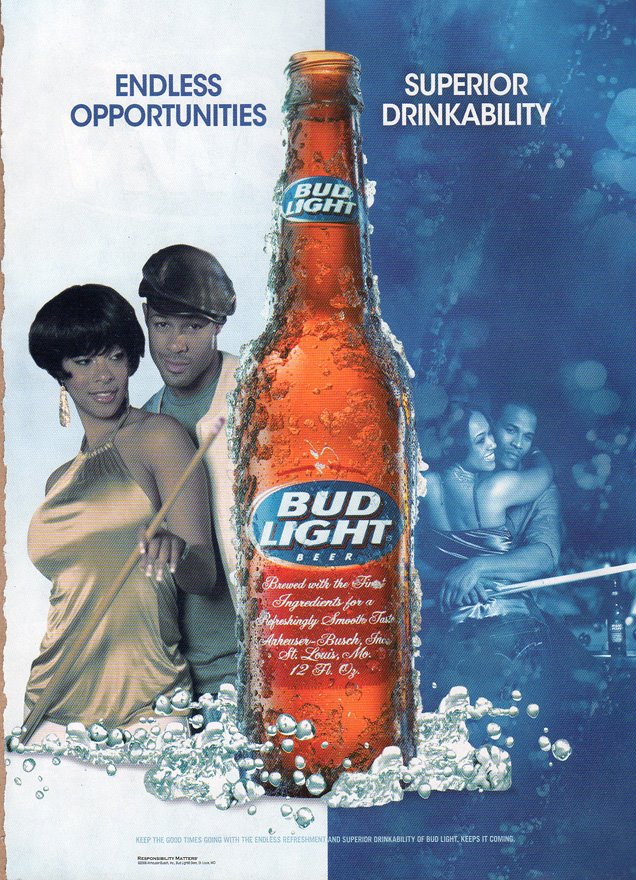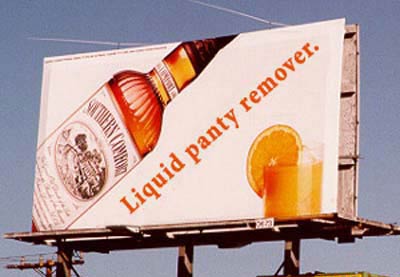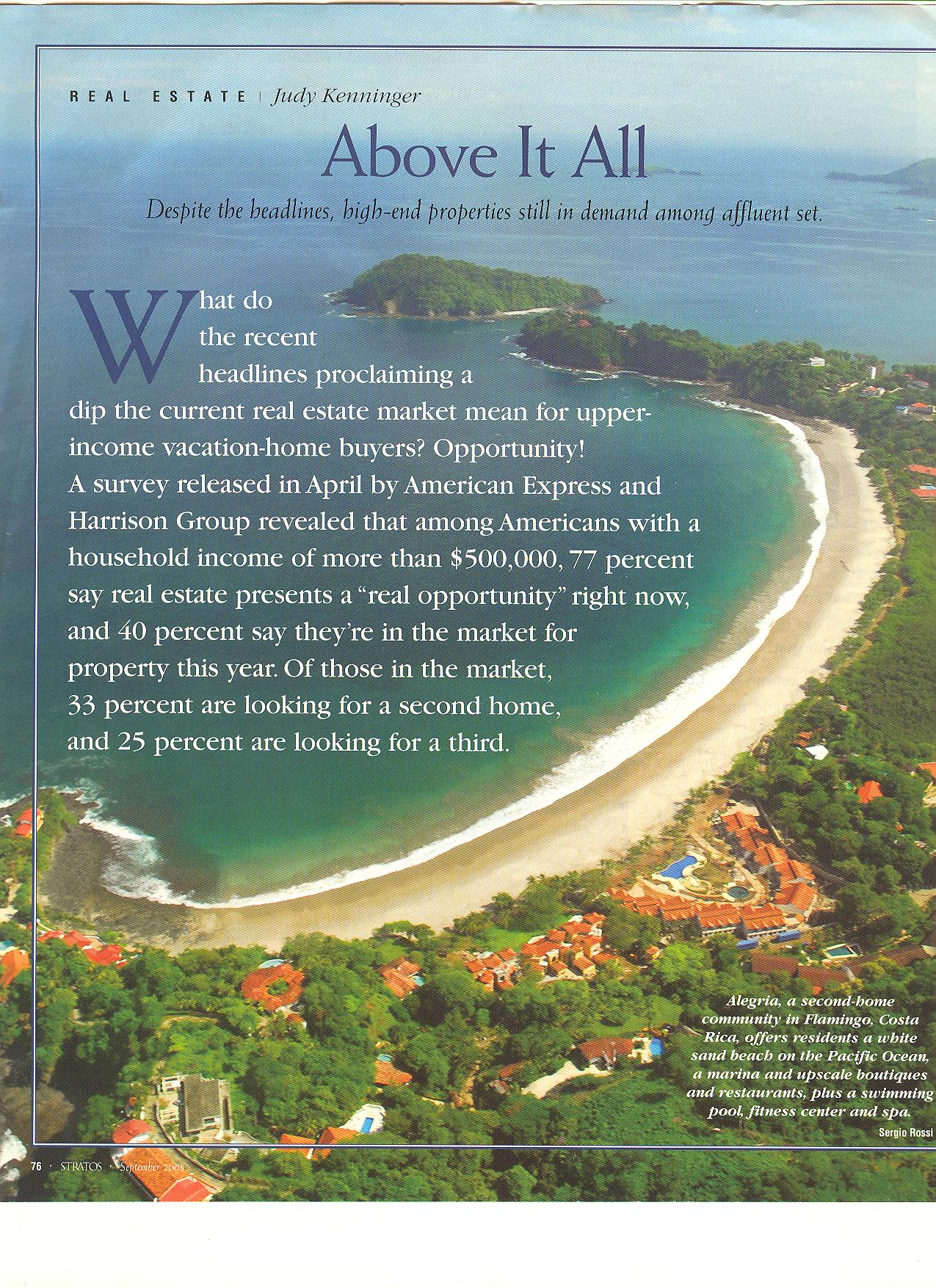Thus far in this series I have offered five explanations of why people of color are included in advertising: (1) to associate the product with a racial stereotype, (2) give a product “color” or “flavor,” (3) invoke ideas of “hipness” or “modernity,” (4) trigger the idea of human variation itself, or (5) suggest that the company cares about racial equality.
With this post, I begin illustrating how they are included. Here I show that, in many cases, people of color are included, but they are made to blend in with whiteness such that they vary only by the color of their skin. This is related to two things (at least).
First, beauty is racialized such that what makes some darker-skinned women distinctive from some lighter-skinned women ( e.g., hair texture, nose shape, skin color) also makes them less beautiful according to mainstream cultural standards in the U.S. When women of color are included in advertising, then, they often look very similar to the White women they are with, varying only by a few degrees (eg., straightened hair [sometimes lightened], slightly darker skin, slightly wider nose). Check out these terrific examples.
Second, when women of color don’t conform to white standards of beauty, it is often interpreted as resistance to assimilation to whiteness and, thus, threatening. For example, when The New Yorker wanted to parody the rumor that the Obamas were Muslim terrorists, they put an afro on Michelle. So an advertiser will often choose women of color who look more-or-less white because to do otherwise is to send a message of non-conformity or resistance. This is often done strategically, but if they don’t want to send this message, they will include a woman of color who look assimilated.
Here are some examples:
Next up: Chaperoning.
Also in this series:
(1) Including people of color so as to associate the product with the racial stereotype.
(2) Including people of color to invoke (literally) the idea of “color” or “flavor.”
(3) To suggest ideas like “hipness,” “modernity,” and “progress.”
(4) To trigger the idea of human diversity.
(5) To suggest that the company cares about diversity.



